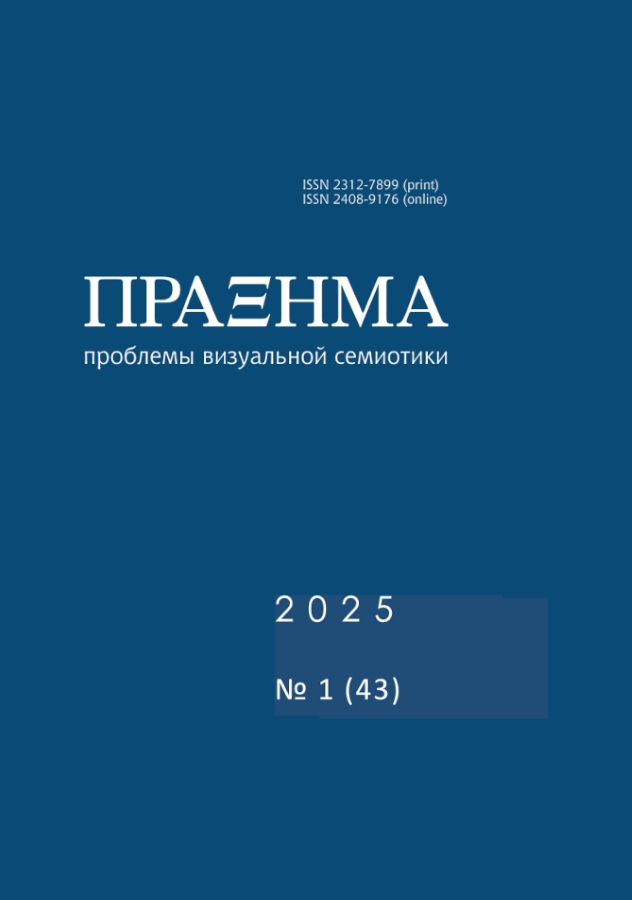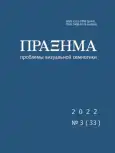В этой совместной междисциплинарной работе мы рассматриваем, как повлияли друг на друга исполнительские искусства и модные практики, и обсуждаем конкретные примеры, в которых выразило себя это взаимное влияние. Тело как присутствие, материя и смысл давно находятся в центре искусства как на творческом, так и на теоретическом уровне, а сенсорному повороту способствовала, например, теория аффекта. В работе мы прослеживаем разворот теории моды в сторону перформанса и тела, вместе с тем наблюдая, как присутствие костюма придало свободу театральному действу — на британском материале, включая раннее творчество Майкла Кларка, работавшего с такими художниками, как Ли Бауэри, эстетику, пронизанную духом панка, и наследие этих новаторских идей. Мы рассматриваем переход от доминирующего взгляда (режиссера как сверхавтора) к более инклюзивному подходу, предполагающему осознание, что все участники, включая художника по костюмам, вместе участвуют в создании перформанса — театрального или подиумного. Мы рассматриваем и недавний переход от костюмов, изготовленных с нуля, к «найденным объектам» (порой адаптированным). Это переход совершен, благодаря экологическому движению, и означает переход от нового, покупного к подержанному, приспособленному под конкретные нужды, переработанному или переосмысленному. Мы остановимся на том, как некоторые современные театральные художники по костюмам стремятся выйти на первый план, утверждая, что костюм не подчинён остальному действию и обладает собственной агентностью. Наконец, мы размышляем о трудном и медленном становлении дискуссии об эмансипации тела, благодаря которой в модельный бизнес проникают новые и многообразные нормы тела, разные типы лица и фигуры, несуразные позы, прежде вытесненные за рамки модной нормы, и сопоставляем этот случай с примерами инклюзивного кастинга для участия в театральном представлении. Наконец, мы рассматриваем практику как исследование в интерпретации, принятой в британских университетах. Эта модель позволяет понять, что составляет суть практики, требующей серьезного к себе отношения в академической среде: создание «нового знания» посредством мимолетного действия и продолжительного, вдумчивого — и желательно аргументированного — анализа.Совместно работая над этим текстом, рассуждая о сценической моде, о практике, о практике как исследовании, авторы не могли не сказать о сопротивлении изоляции: обособленности отдельных дисциплин, стене между художниками и теоретиками, взаимной изолированности разных стран и необходимости выражать свои мысли так, чтобы говорить на одном языке, понимать друг друга и работать сообща.
 9-38
9-38


 39-52
39-52


 53-72
53-72


 73-96
73-96


 97-110
97-110


 111-117
111-117


 118-126
118-126


 127-134
127-134


 135-144
135-144


 145-152
145-152


 153-168
153-168












